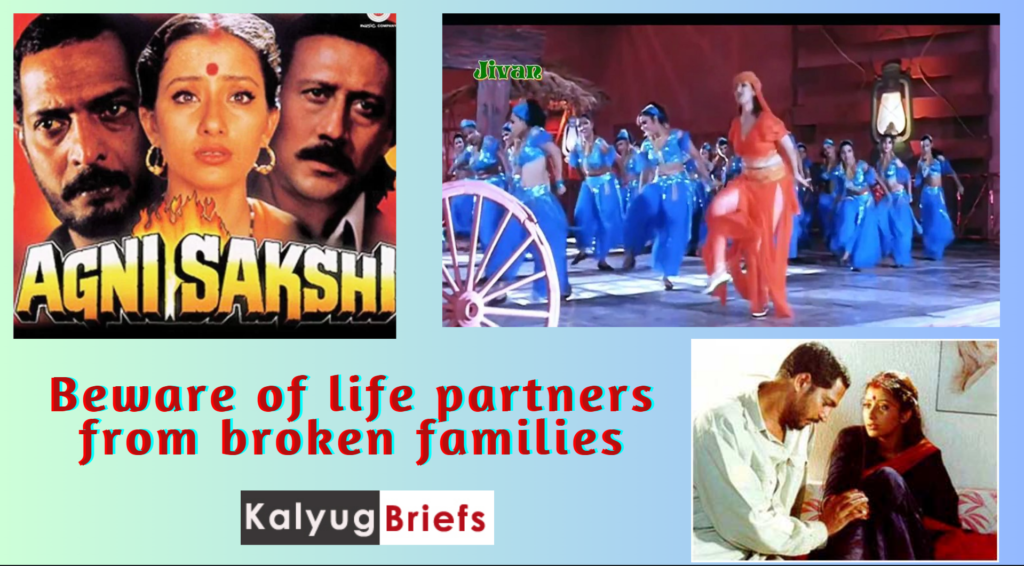Agnisakshi (1996): A Reflection on Trust, Betrayal, and Consequences
Introduction: Released in 1996, Agnisakshi delves into the complexities of human relationships and explores the repercussions of trust issues and betrayal. The film revolves around Vishwanath, whose deep-seated trust issues stem from his mother’s abandonment during his childhood, and Madhu, his wife, who accidentally hurts him in self-defense, leading to a series of events that shape their lives. Through their story, the film delves into the erratic behavior of males, the importance of conducting thorough background checks before marriage, and the impact of broken families on children’s upbringing.
Plot and Themes:
Agnisakshi delves into the psychological ramifications of Vishwanath’s troubled childhood, where his mother deserted him and his father, leaving deep emotional scars. These experiences manifest as trust issues, causing him to become suspicious and paranoid in his married life. Madhu, in an act of self-defense, inadvertently harms her husband and, fearing the consequences, flees from the scene, believing she has caused his demise.
Madhu’s subsequent journey takes her down a path she never anticipated: she becomes a cabaret dancer in a hotel bar. The film attempts to shed light on the choices she makes, highlighting the societal pressures and financial constraints that push her towards such a profession. It poses the question of why a woman, who could have pursued a career as a classical dance teacher, would choose to entertain drunken and disrespectful patrons.
Underlying Messages:
One of the underlying messages in Agnisakshi is an exploration of why some men exhibit erratic behavior. By delving into Vishwanath’s past and showcasing the consequences of his mother’s actions, the film suggests that childhood experiences and broken families can greatly impact an individual’s emotional well-being. It emphasizes the need for thorough background checks and a deeper understanding of a potential partner’s family history before hastily arranging a marriage.
The film also touches upon the repercussions of broken families on children’s upbringing. It suggests that despite the efforts of morally upright parents to provide a healthy environment for their children, the influence of a broken family can undermine their intentions. Agnisakshi highlights the importance of a stable and nurturing family structure for a child’s overall development.
Performances and Direction: Agnisakshi features commendable performances by its cast, with the lead actors portraying the complexities of their characters convincingly. The director skillfully captures the emotional turmoil of the protagonists, drawing viewers into their world and the consequences of their actions. The film maintains a steady pace, unraveling the narrative in a manner that keeps the audience engaged.
Conclusion:
Agnisakshi, released in 1996, is a thought-provoking film that explores trust, betrayal, and the consequences of past experiences. Through the story of Vishwanath and Madhu, the film tackles themes of erratic male behavior, the importance of conducting thorough background checks before marriage, and the impact of broken families on children’s upbringing. With its strong performances and skillful direction, Agnisakshi offers viewers an introspective journey into the complexities of human relationships and the lasting effects of childhood traumas.
